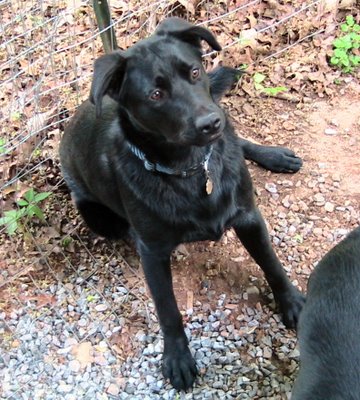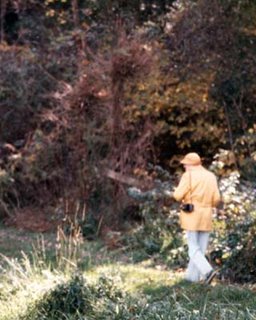
A great tree has fallen in our forest. Marie Mellinger is dead.
She spent a lifetime helping people learn about plants and weeds, how to identify them, how they could be used for food or medicine and to understand them as fellow beings sharing our common planet. She introduced all of us to a new world, a place where the wild things rule, and in many respects she was really introducing us to parts of our own innermost selves.
In her later years she was older than most of the trees of the forests in which she walked, and sometimes she seemed taller than they were too, especially when talking with certain governmental officials. She advised the state of North Carolina, for example, to build the welcome center north of the Rabun County line on the east side of the road instead of the west (where they finally did build it) - easier, she said, for people who were coming into the state to pull into instead of having to cross over traffic. She advised the people at Talullah Falls, Georgia, not to put the state park headquarters where they did, because of the extremely luxurious growth of a plant that is very rare in the mountains: poison sumac - a plant that is many times more virulent than either poison ivy or poison oak.
(Note: All pictures except the first one will enlarge if clicked on.)
Many experienced naturalists, some of whom had degrees to prove their qualifications, were impressed with her knowledge of the plants she found in the forests, especially the flowers and so-called “weeds”. She seemed to know all their names,
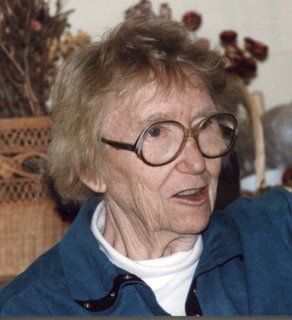
not only their scientific designation but also most of the common names attributed to them. She knew what the settlers called them and what they had used each of the herbs/flowers/weeds for, whether for food or medicine, and she knew what the Indians called them and what they used them for also. Marie used to tell us that these mountains of the southern Blue Ridge are the oldest mountains of the world and its forests are the “mother forests” of the planet. From the seeds of these great forests came the foundations for most of the trees in the world.
Marie was one of the plant advisors to the early Foxfire books and also wrote a number of books of her own. When I offered to advertise some of her books on the internet, she was grateful, and when I asked her what price she wanted to sell them for, she said “Five dollars.” When I said that I thought they probably cost that much just to be published and printed, she said, “That’s right — they cost me five dollars each to be printed and that’s what they are worth, and that’s what I will sell them for.”
Marie created a group she named the “Incredible Edibles” who still gather periodically in appropriate places in northern Georgia to collect edible plants and roots from nearby forests and fields to eat along with various semi-gormet covered dishes they bring from their homes.

One such meeting took place on the top of Black Rock Mountain State Park near Mountain City, Georgia, on a cold, windy day in late April. Marie was confined to a chair while recovering from a broken hip. Probably every person in that group was qualified as a naturalist and a specialist in wild plants, except for one thing: Marie was present. We kept wandering in from the woods with vines and twigs, none of which had a leaf on them, and asking Marie “What is this?” “Can we eat this?” She would glance at the thing and say: “No, that’s a Zmbrxmfy, go get something else,” or “You could eat it, but you won’t like it,” and so on.
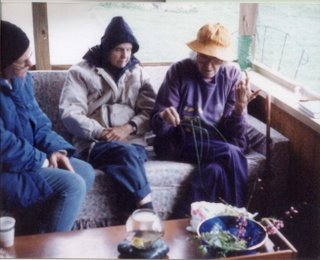
One of the presentations I did with Marie was titled “Fungus Among Us”. I told her I couldn’t take part in the show because I had no slide shots of mushrooms. She said “Go make some, you’re a photographer, aren’t you?” When I told her I wouldn't know what I was photographing, she said “You just make the pictures and show them and I’ll talk about them.” So, for the next two months I made endless pictures of mushrooms. Even on a trip to Minnesota to see a new grandchild, I photographed a couple of pretty mushrooms that I had not seen back in the Beautiful Mountains. I had no intention of tricking Marie when I flashed one of them up on the screen, to me it was just another mushroom. She didn’t bat an eye or slow down, “This is a Mfexpqabt (axzw mpyvp), also called a Gyffxmpr, and the early settlers used it for seasoning and some called it Dmplzyr but the Indians used it as a laxative. Of course this was not the Cherokee Indians, it was the Chippewa, because this mushroom only grows in the Minnesota and Wisconsin area.“ Then she turned to me “John, did you make this picture?” I am sure there are endless stories of Marie’s knowledge of the mountains and forests and plants.
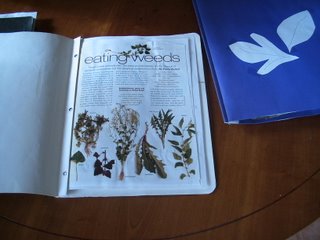
Marie attended many local gatherings. Often in her later years she would be an unnoticed bystander sitting quietly in a corner. Even then she would have prizes to offer to various people, door prizes of sorts which were usully folders containing several sheets of paper on which were taped twigs, leaves or small branches of a plant along with her writing describing what the plant was and what it could be used for. On at least two of those occasions when the featured speaker failed to arrive, she was asked if she could say something, then she went to the front of the room and proceeded to deliver a one hour speech and lead a riveting discussion on native plants of the southern mountains.
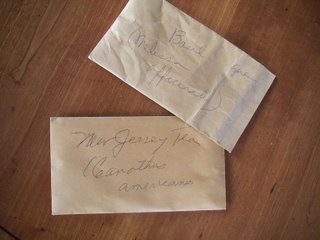
Marie always had a pocket full of small manila envelopes with her. She filled them with seeds and seed-heads while "rambling around" on her walks along the country roads. Then when she met you or attended one of the local gatherings, she handed them out until they were all gone. Perhaps millions and millions of Marie's seeds were replanted in countless home gardens, yards and along endless miles of country roadsides. Her Christmas cards were handmade, usually written on note cards. There would be photographs or drawings cut out of magazines and pasted on other note cards. One of the cards would have a comment and her signature. There were always packets of wildflower seeds included. The entire arrangement was wrapped in ribbon and then mailed. Wonder of wonders, they were also delivered.
Marie Mellinger was 92 years old. A memorial service will be held in her honor at the Chatooga Conservancy building in Clayton, Georgia at 1:00 p.m. on Saturday, January 27, 2007. The conservancy http://www.chattoogariver.org/ is located at 2368 Pinnacle Drive, or at the intersection of Pinnacle Drive and War Woman Road.
Marie had a sweetness about her, but she was sweet in her own way. And in her own way she had a certain wildness too. She
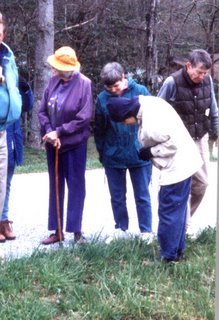
was wild like her forests and her plants and her weeds; wild like the wind and the rain you find high up in the mountains. And those of us who knew her and walked with her in the forests that she loved so dearly have always known that we were blessed. We will miss you Marie, but we also know that we will find you too, again and again, so many times over, climbing out on a forest trail perhaps, or deep in a mountain dell somewhere in the woods where two or three creeks converge with each other, or just rambling along beside a country road. Thank you for all you have done for your girls and guys and your beloved plants and all the wonderful weeds in the world. Thank you, Marie.
© John Womack, 2007. All rights reserved.
All photos made by John Womack with numerous different cameras over 10 - 12 years.
For comments from the Atlanta Journal-Constitution go here:
http://www.ajc.com/metro/content/metro/obits/stories/2007/01/07/0107metobmellinger.html
For more information about Marie Mellinger begin here:
http://www.ajc.com/living/content/printedition/2007/01/14/slwild0114a.html
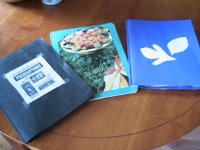
http://www.amazon.com/Roadside-Rambles-Marie-Mellinger/dp/B000MMBOE2/sr=1-1/qid=1169358798/ref=sr_1_1/002-3728057-4169614?ie=UTF8&s=books
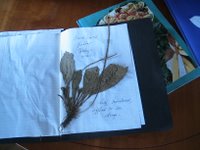
http://www.amazon.com/Ga-Lun-Ti-High-Place-Cherokee/dp/B000JWDZBK/sr=1-2/qid=1169358798/ref=sr_1_2/002-3728057-4169614?ie=UTF8&s=books
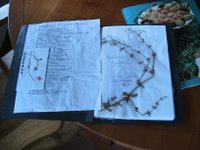
http://www.amazon.com/Atlas-Vascular-Georgia-georgia-Botanical-Society/dp/B000JJTV0W/sr=1-3/qid=1169358798/ref=sr_1_3/002-3728057-4169614?ie=UTF8&s=books
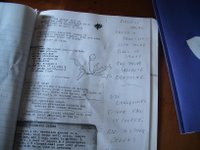
http://www.amazon.com/Out-old-fields-Eating-corners/dp/B0006W9F2G/sr=1-5/qid=1169358798/ref=sr_1_5/002-3728057-4169614?ie=UTF8&s=books
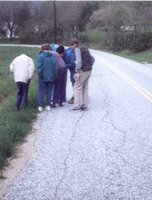
and the Foxfire series - begin here: http://www.amazon.com/Foxfire-Stories-Spinning-Midwifing-Shuckins/dp/0385022670/sr=1-6/qid=1169358798/ref=sr_1_6/002-3728057-4169614?ie=UTF8&s=books
